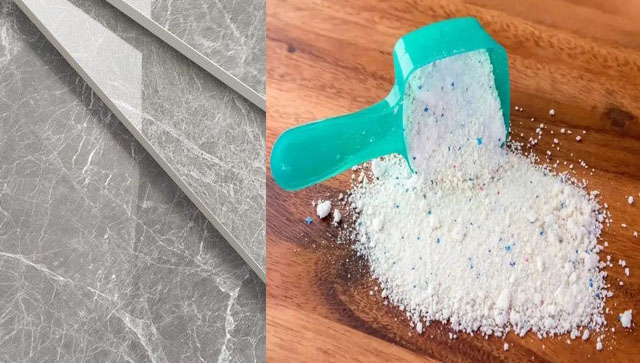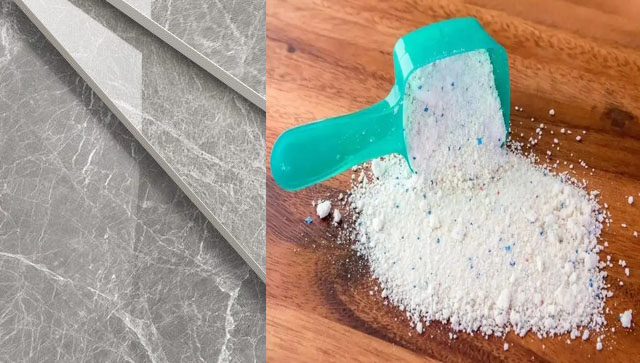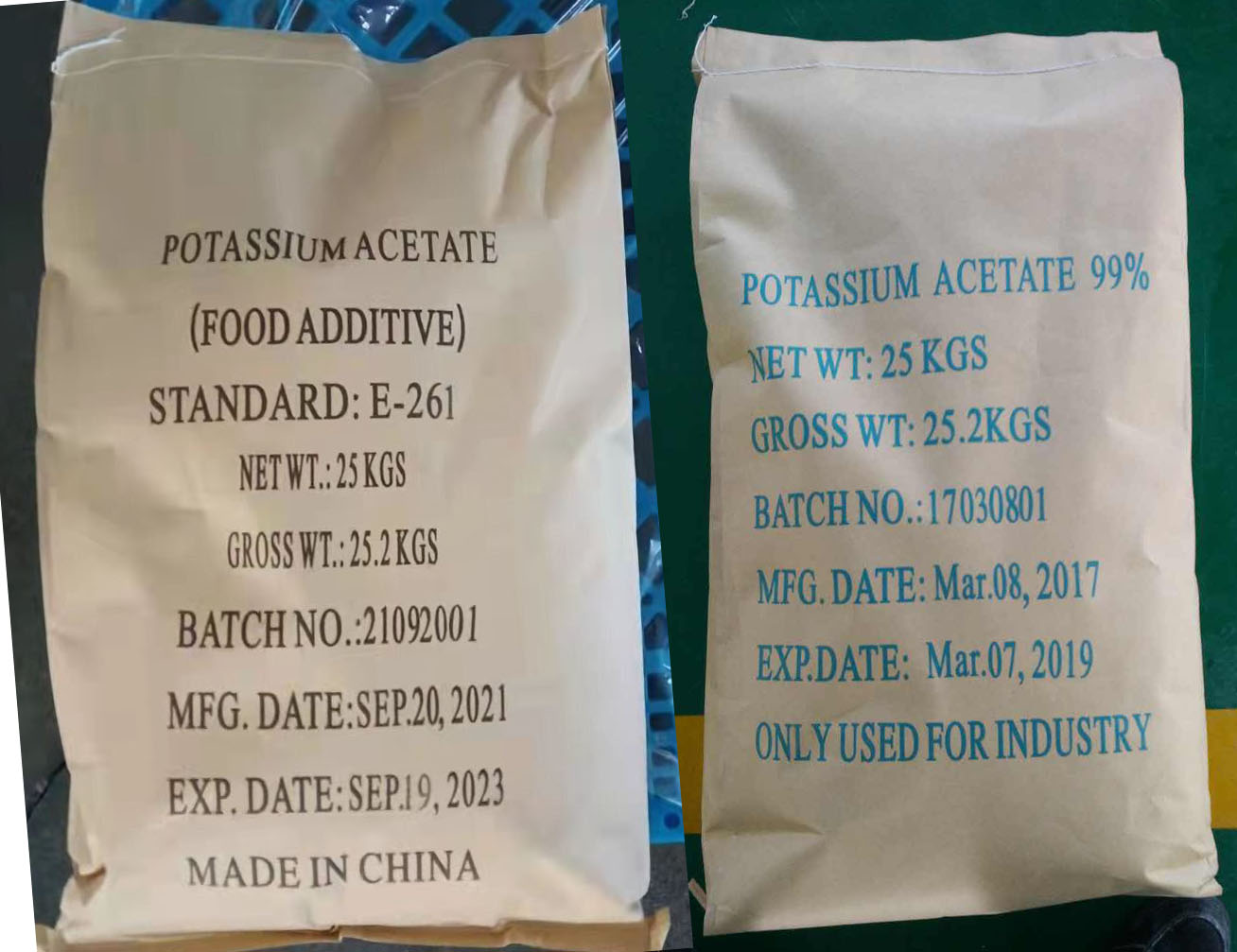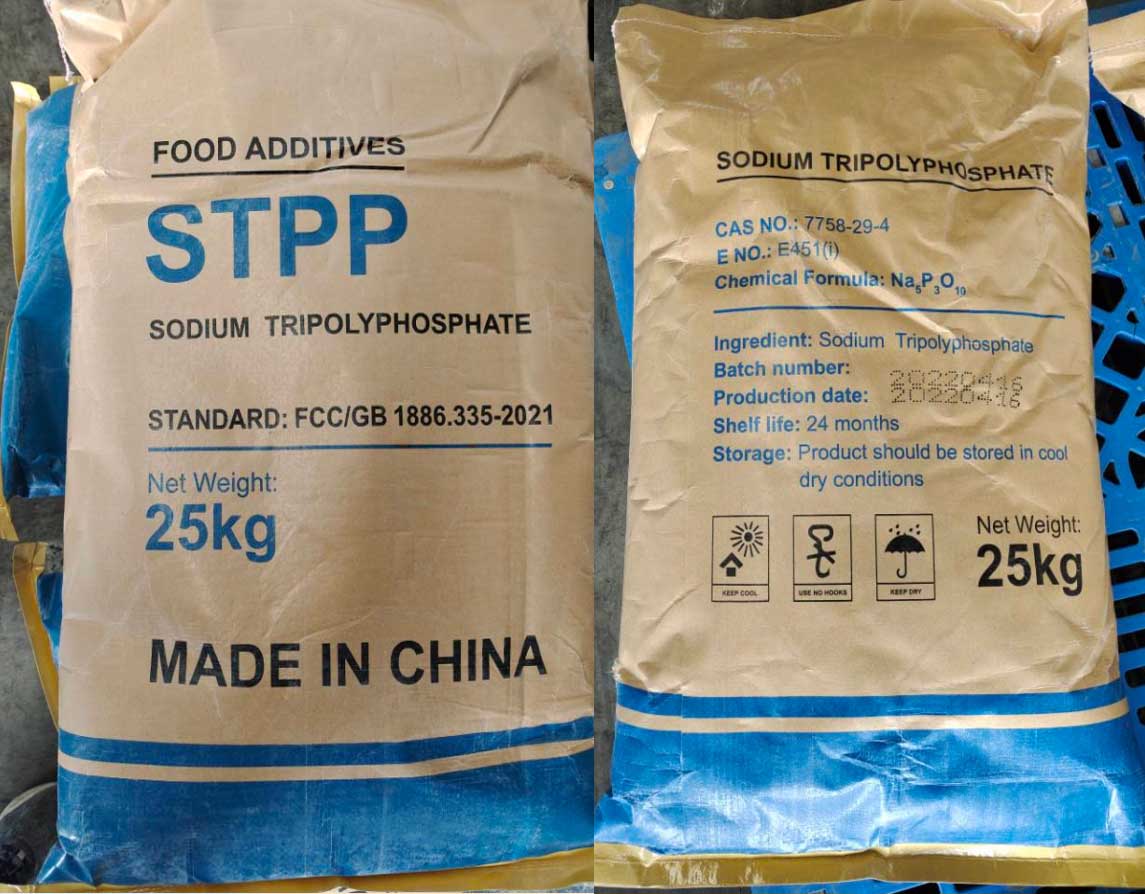Applications and Usage of Sodium Acid Pyrophosphate (SAPP) in Bakery Products
Introduction
Sodium Acid Pyrophosphate (SAPP) is a widely used leavening acid in the baking industry. It plays a crucial role in controlling the rate of carbon dioxide release when combined with baking soda, ensuring proper leavening and texture in baked goods. This article explores the various applications of SAPP in bakery products and how to use it effectively.
1. Role of SAPP in Baking
SAPP functions as a leavening acid, helping to regulate the release of carbon dioxide in doughs and batters. The controlled gas production is essential for achieving the desired volume, texture, and appearance of baked products.
Controlled Leavening: SAPP ensures that carbon dioxide is released gradually during mixing and baking, preventing premature gas loss and improving product consistency.
Neutralizing Agent: It helps in balancing pH levels in baked goods, ensuring optimal dough performance and flavor.
Enhancing Texture and Structure: By providing controlled leavening, SAPP contributes to uniform crumb structure and better texture in bakery items.
2. Applications of SAPP in Bakery Products
SAPP is used in various baked goods where precise control of leavening is required.
Cakes and Muffins: Helps achieve a light and fluffy texture by regulating gas production.
Biscuits and Cookies: Provides consistent rise and uniform texture.
Pancakes and Waffles: Ensures even browning and proper expansion.
Doughnuts: Controls the leavening process for better shape and softness.
3. How to Use SAPP in Baking
The effectiveness of SAPP depends on its correct usage in formulations.
Combination with Baking Soda: SAPP is usually mixed with baking soda in a 1:1 ratio or as part of a baking powder formulation.
Proportion in Recipes: Generally, 0.1% to 0.5% of the total flour weight is recommended, depending on the type of baked product.
Mixing Method: It should be evenly dispersed in the dry ingredients before combining with liquids to ensure uniform leavening.
Temperature Sensitivity: Since SAPP reacts with baking soda at different stages of baking, proper temperature control is essential for achieving the best results.
4. Types of SAPP: SAPP 15, 28, and 40
Different types of SAPP are classified based on their reaction rates, which influence how they function in baking applications.
SAPP 15: This variety has the fastest reaction rate, releasing carbon dioxide quickly when mixed with baking soda. It is ideal for products that require immediate leavening, such as pancakes and instant baked goods.
SAPP 28: With a medium reaction rate, SAPP 28 provides a balanced release of carbon dioxide. It is commonly used in cakes and muffins, ensuring steady leavening throughout baking.
SAPP 40: This type has the slowest reaction rate, making it suitable for products that need gradual leavening, such as frozen or refrigerated doughs.
Conclusion
Sodium Acid Pyrophosphate (SAPP) is an essential ingredient in the baking industry, providing controlled leavening, improving texture, and ensuring consistency in a variety of baked goods. Understanding its role and using it correctly in formulations can enhance product quality and performance in bakery applications. By leveraging SAPP's benefits, bakers can achieve desirable textures, flavors, and appearances in their products.




